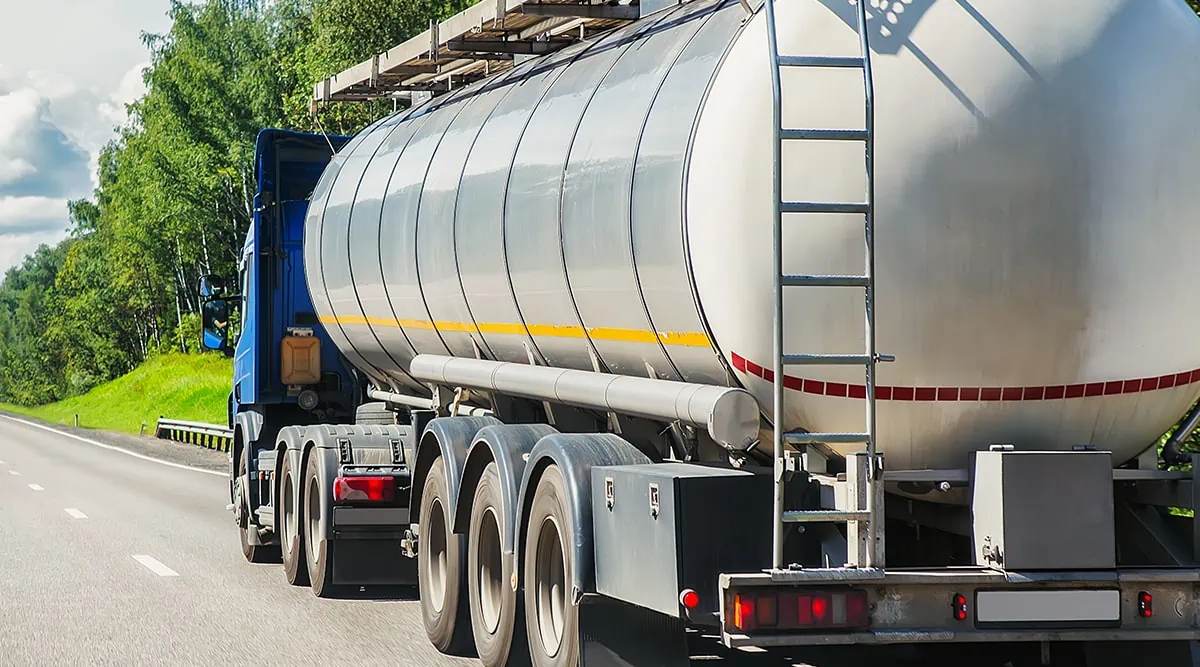The 3-Minute Rule for Reclaim Waste
Table of ContentsReclaim Waste for BeginnersThe Reclaim Waste StatementsThe smart Trick of Reclaim Waste That Nobody is Talking About3 Easy Facts About Reclaim Waste Explained5 Simple Techniques For Reclaim Waste
Discover the types, events, and types of liquid waste. Residential sewage waste refers to the waste and items from a household sewage-disposal tank. This kind of waste is produced by human beings in homes, schools, and various other buildings. This only includes septic systems that have a drainpipe field. The proper administration and disposal of domestic sewer waste need liquid waste to be moved to a sewage therapy plant where the appropriate methods and devices are related to detoxify and dispose of waste.
Industrial waste usually includes prospective hazards, such as flammable products or a combination of liquid and solid waste items, and requires an advanced and in-depth disposal process. The disposal of industrial waste typically includes the purification of waste prior to transportation to guarantee risk-free and correct disposal. Industrial waste is created from by-products and overflow of commercial procedures and manufacturing.
This sort of waste can not make use of the same sewage management transport or procedures as septic or commercial fluids. The hazardous waste management process needs the assessment and screening of liquid waste prior to it undertakes the disposal procedure (industrial wastewater treatment). Runoff waste is the fluid waste that originates from drainage and excess stormwater in very booming locations or cities
Runoff waste can create contamination and flooding if not taken care of appropriately. Making sure correct waste monitoring can stop disasters and reduce ecological harm.
Not known Facts About Reclaim Waste
Call PROS Services today to find out about our waste administration and disposal solutions and the proper means to care for the liquid waste you generate.
(https://profile.hatena.ne.jp/reclaimwaste1/)Do you understand what happens to your water when you pull the plug, purge the commode or drain pipes the washing maker? No? Well, it's worth recognizing. This so-called 'wastewater' is not just an essential resource yet, after treatment, will certainly be released to our land, rivers or the ocean. Utilized water from toilets, showers, bathrooms, kitchen sinks, washings and industrial processes is called wastewater.

water made use of to cool machinery or tidy plant and equipment). Stormwater, a type of wastewater, is drainage that flows from farming and urban areas such as roofs, parks, yards, roadways, courses and rain gutters into stormwater drains, after rainfall. Stormwater moves without treatment straight to local creeks or rivers, ultimately getting to the sea.
The Single Strategy To Use For Reclaim Waste
In Queensland, many wastewater is treated at sewage treatment plants. Wastewater is moved from residential or commercial websites via a system of sewage systems and pump terminals, called sewage reticulation, to a sewer therapy plant. City governments construct, keep and run most sewer treatment plants. Operators are licensed under the Environmental Security Act 1994 to discharge treated wastewater at an acceptable environmental standard right into rivers.
The Department of Natural Resources advises local governments regarding handling, operating and keeping sewerage systems and treatment plants. In unsewered locations, neighborhood federal governments might call for homeowners to set up specific or family sewage treatment systems to deal with domestic wastewater from toilets, kitchens, restrooms and laundries. The Division of Natural Resources authorises the use of house systems when they are verified to be efficient.
Most stormwater obtains no treatment. In some new subdivisions, therapy of some stormwater to eliminate litter, sand and crushed rock has begun utilizing gross contaminant catches. Wastewater treatment happens in 4 phases: Gets rid of strong matter. Bigger solids, such as plastics and various other things incorrectly released to sewage systems, are gotten rid of when wastewater is travelled through displays.
Wastewater then streams right into big containers where solids settle and are gotten rid of as sludge. Oil and scum are skimmed from the surface area. Makes use of tiny living microorganisms called micro-organisms to break down and get rid of remaining dissolved wastes and great fragments. Micro-organisms and wastes are incorporated in the sludge. Gets rid of nitrogen and phosphorus nutrients that could create algal blooms in our waterways and endanger marine life.
The Buzz on Reclaim Waste
Nutrient elimination is not offered at all sewage treatment plants due to the fact that it requires pricey specialized tools. Clear liquid effluent produced after therapy might still consist of disease-causing micro-organisms - industrial wastewater treatment.

This generally indicates wastewater needs to be dealt with or impurities gotten rid of before it can be discharged to rivers. Many wastewater flows right into the sewerage system. Under the Act, city governments provide approvals and permits for environmentally relevant tasks (ERAs) entailing wastewater releases that could have a regional impact. The division administers authorizations and permits to ERAs entailing wastewater releases that may have a regional or statewide impact.
The Facts About Reclaim Waste Revealed
Or else, examples are considered research laboratory evaluation. Commonly many examinations are required to establish the levels of each of the different toxins such as oils, heavy metals and pesticides in water. Tracking supplies valid information about water high quality and can validate that permit problems are being met. The information acquired via monitoring offers the basis for making water high quality decisions.